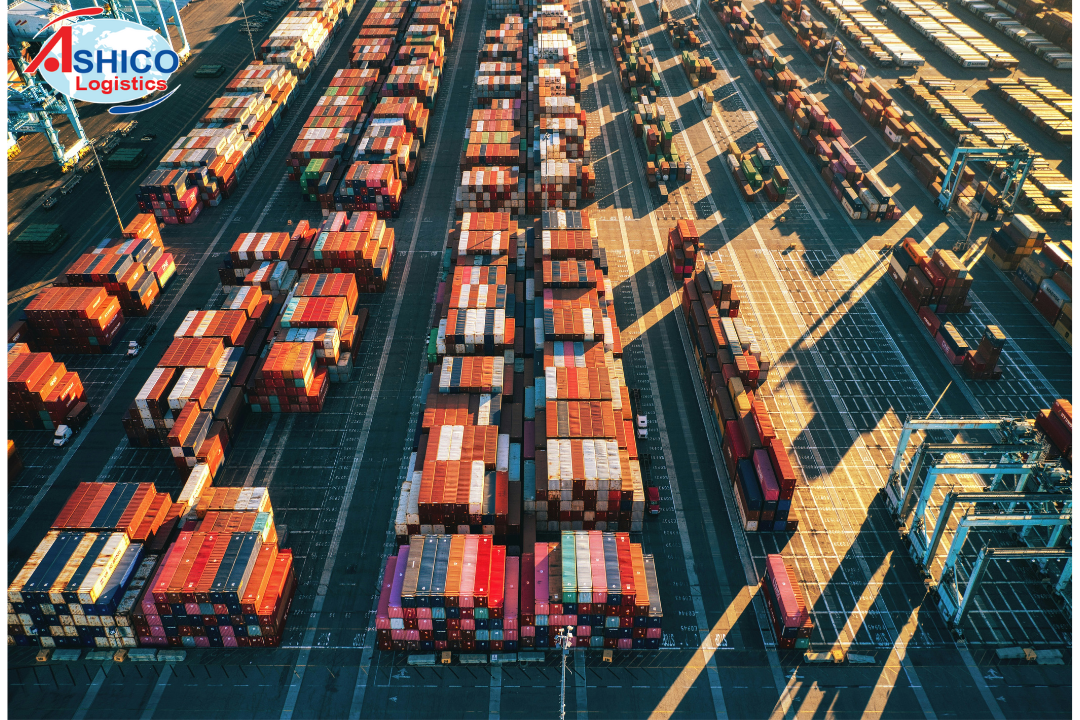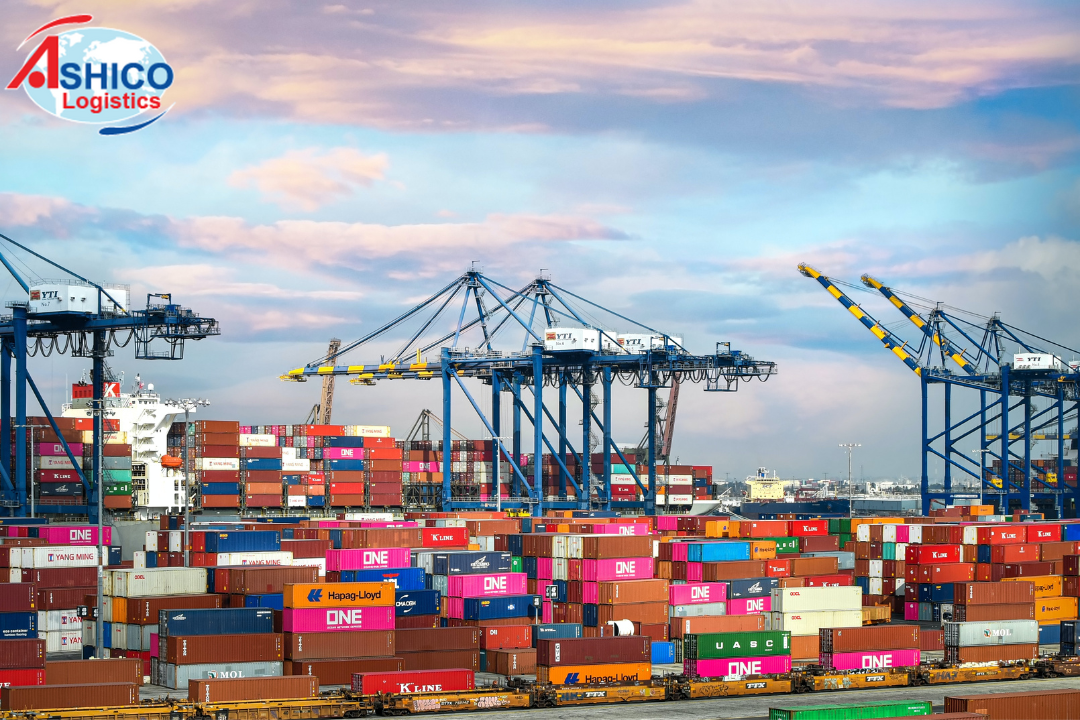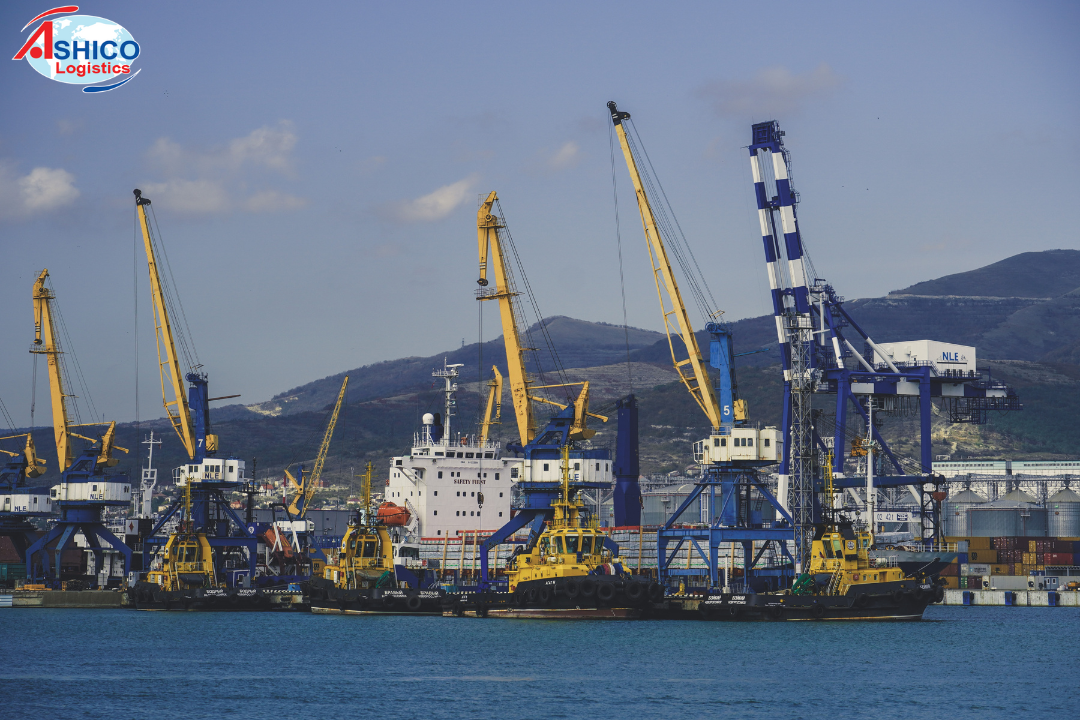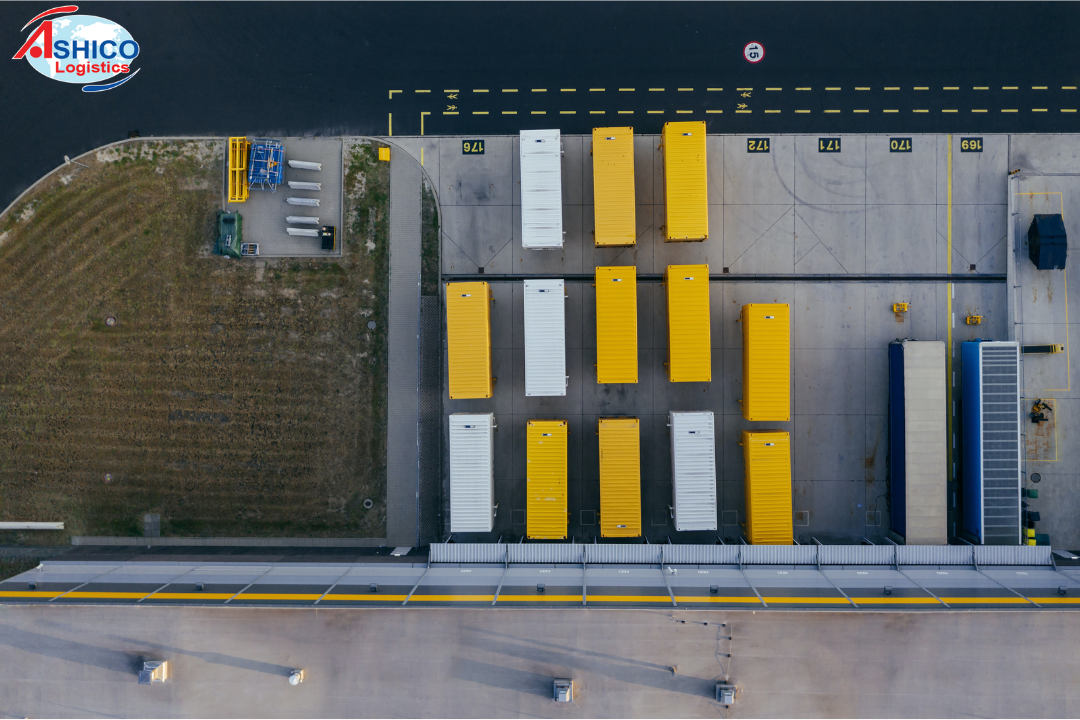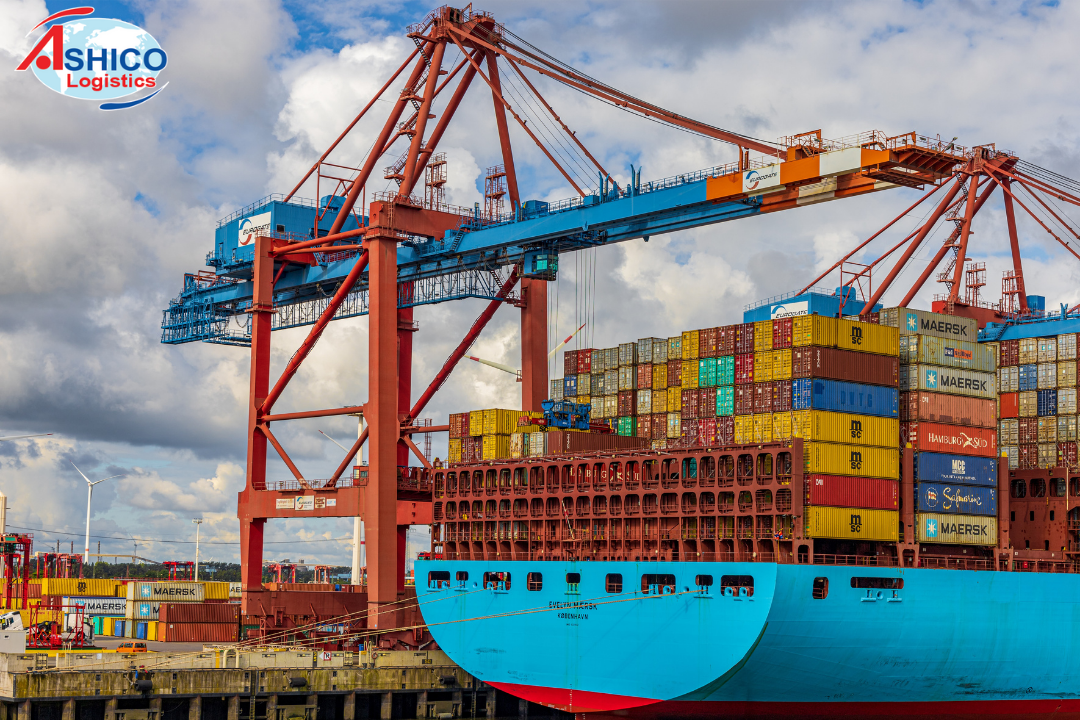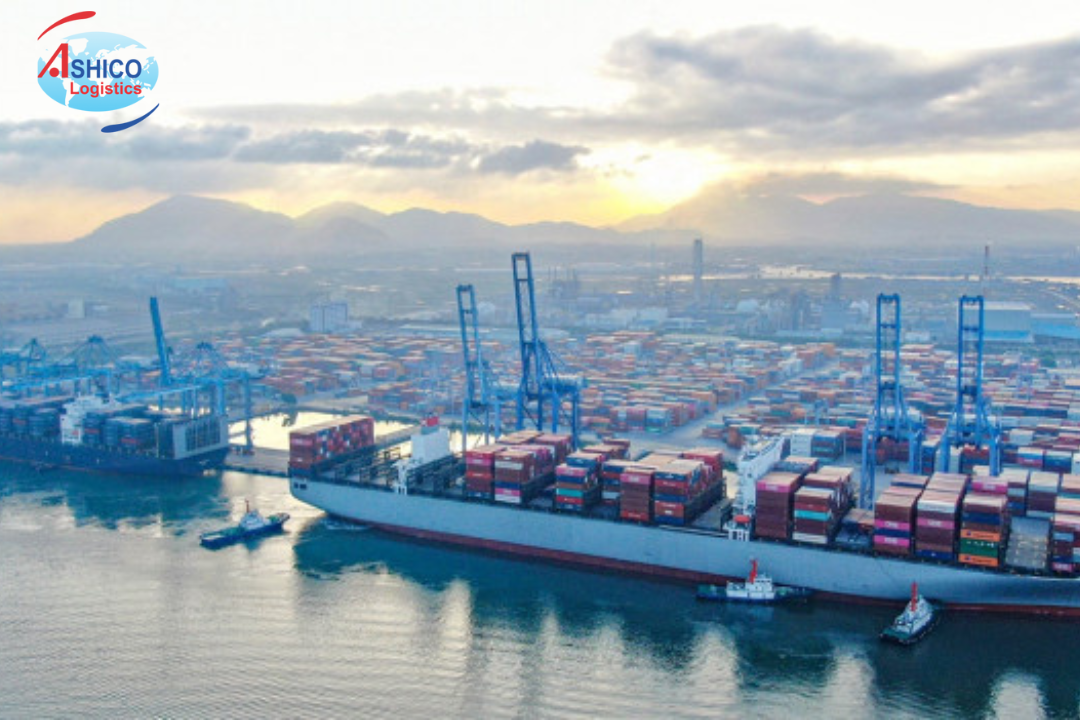
Import and export of goods through seaports decelerate
Although recording growth over the same period, the growth rate of import and export turnover of goods in the first half of this year through seaports slowed down.
According to statistics from the Vietnam Maritime Administration, in the first 6 months of 2022, cargo throughput through Vietnam's seaport system is estimated at nearly 371 million tons, up 2% over the same period in 2021. Although the growth rate of import and export turnover of goods in the first half of this year decreased compared to the first 6 months of 2021.
Notably, the volume of goods through seaports in the first months of the year mostly at seaport areas decreased, such as: Binh Thuan area decreased by 22%, Can Tho area decreased by 24%; Kien Giang down 16%; major seaport areas such as Vung Tau, Ho Chi Minh City. Ho Chi Minh City all recorded a decrease of 3-8% over the same period (in which Ho Chi Minh City reached 67.212 million tons, down 8%; Vung Tau decreased by 3% over the same period).
.png)
Only a few regions have increased volume of goods such as Quang Ninh, An Giang by 218%; Quang Tri increased by 20%; Dong Nai increased by 32% mainly dry goods and general goods; Dong Thap increased by 9%, Quang Nam increased by 16%.
The reason is determined by the complicated developments of the world situation, the increase in the price of raw materials and input fuels for production is continuing to negatively affect the production and transport business, leading to the volume of production. goods through the seaport did not meet expectations.
On the other hand, most seaports recorded growth in profits in the first half of 2022, but the increase was divergent. SSI Research forecasts that the port industry's profit may grow positively in the second half of 2022 and the whole year of 2023.
Container shipping is forecasted that supply chain disruptions will continue in 2022. Congestion at US and European ports cannot be overcome before 2023 because congestion still occurs in many stages of the supply chain, including lack of wharf, lack of trucks, warehouses and even workers.
In addition, port infrastructure needs time to adapt to larger, newly built vessels before the congestion is resolved. The global movement of goods depends heavily on China and its "Zero Covid" strategy. Therefore, it is likely that the congestion will gradually improve in the second half of 2023.
Phi Hung

